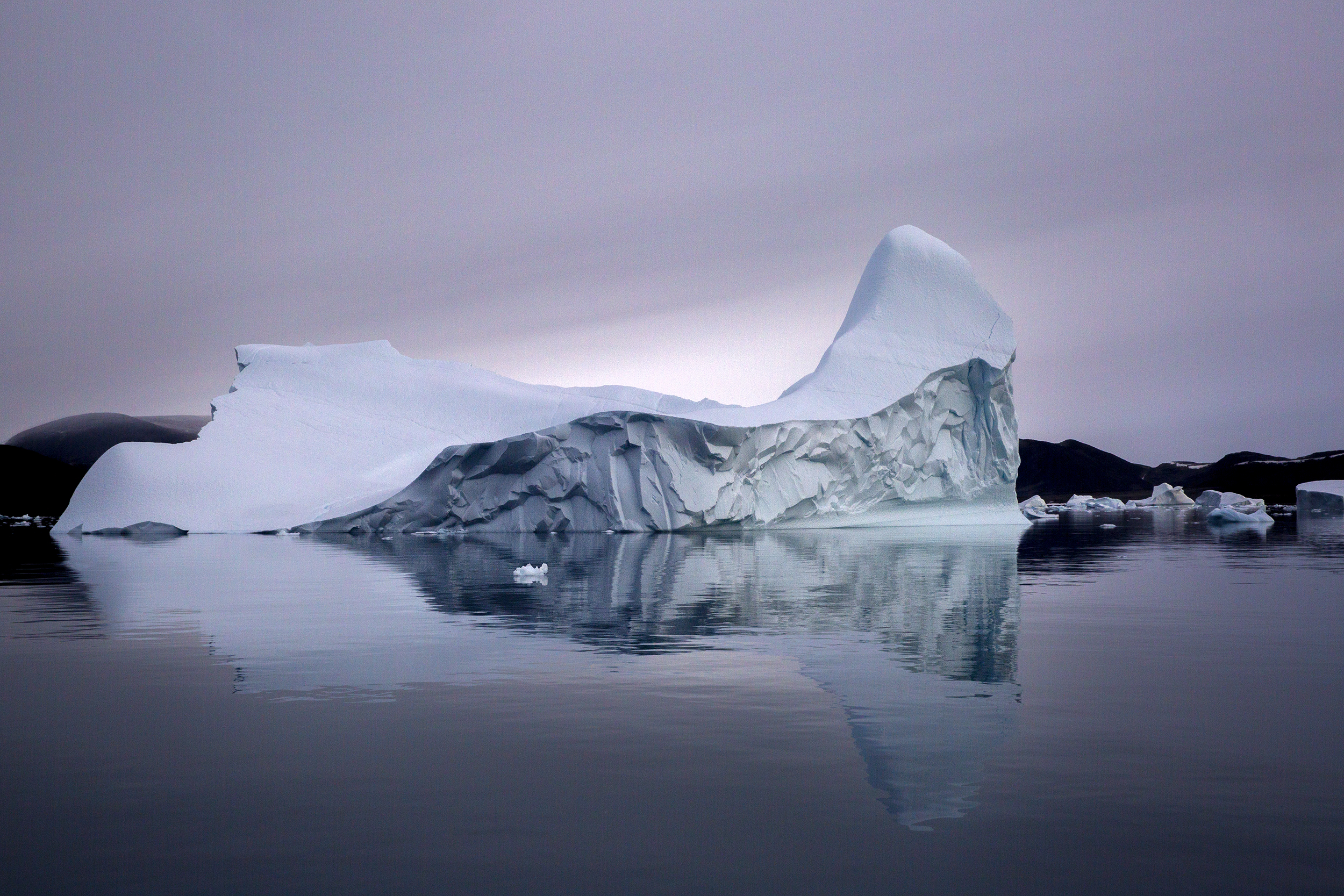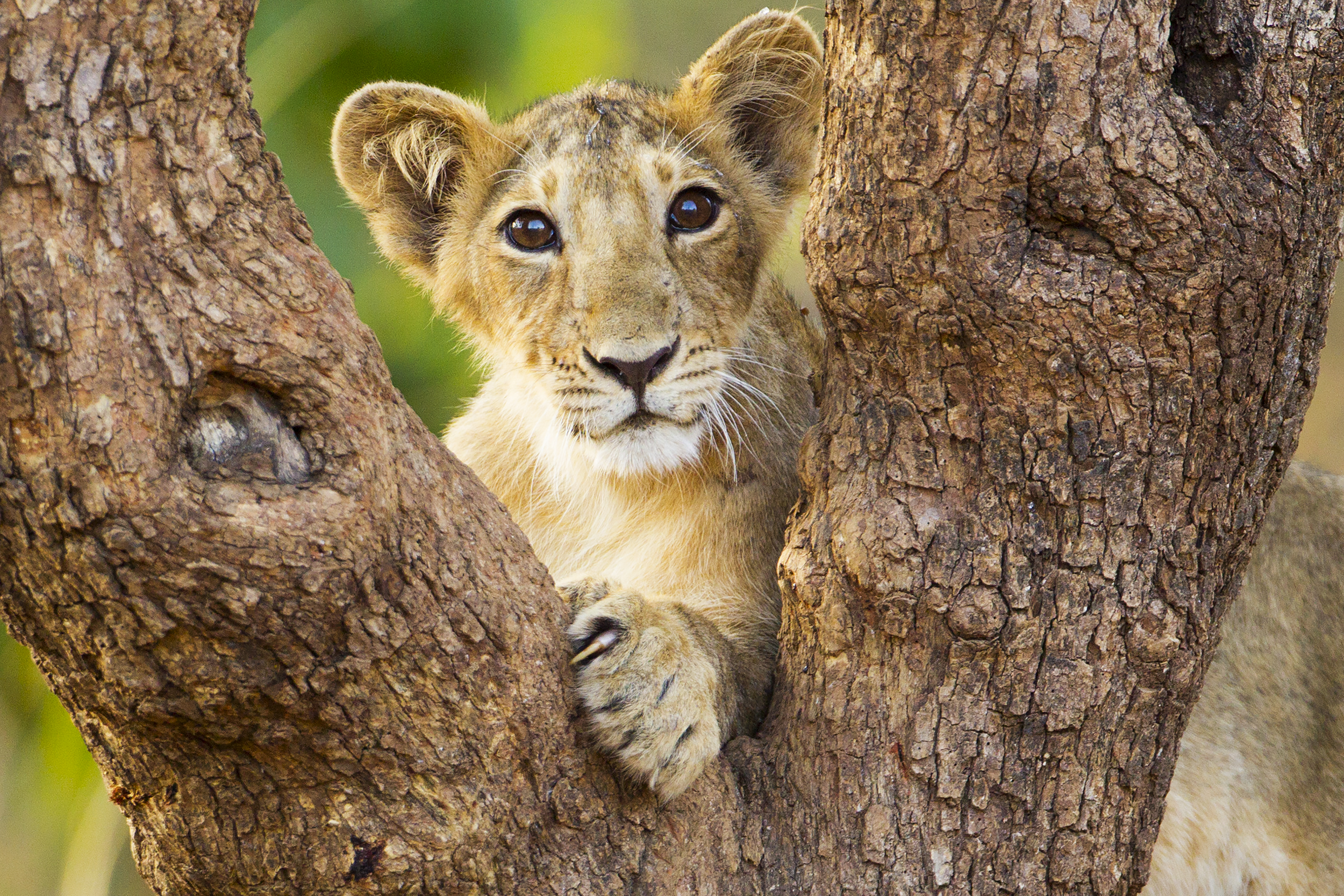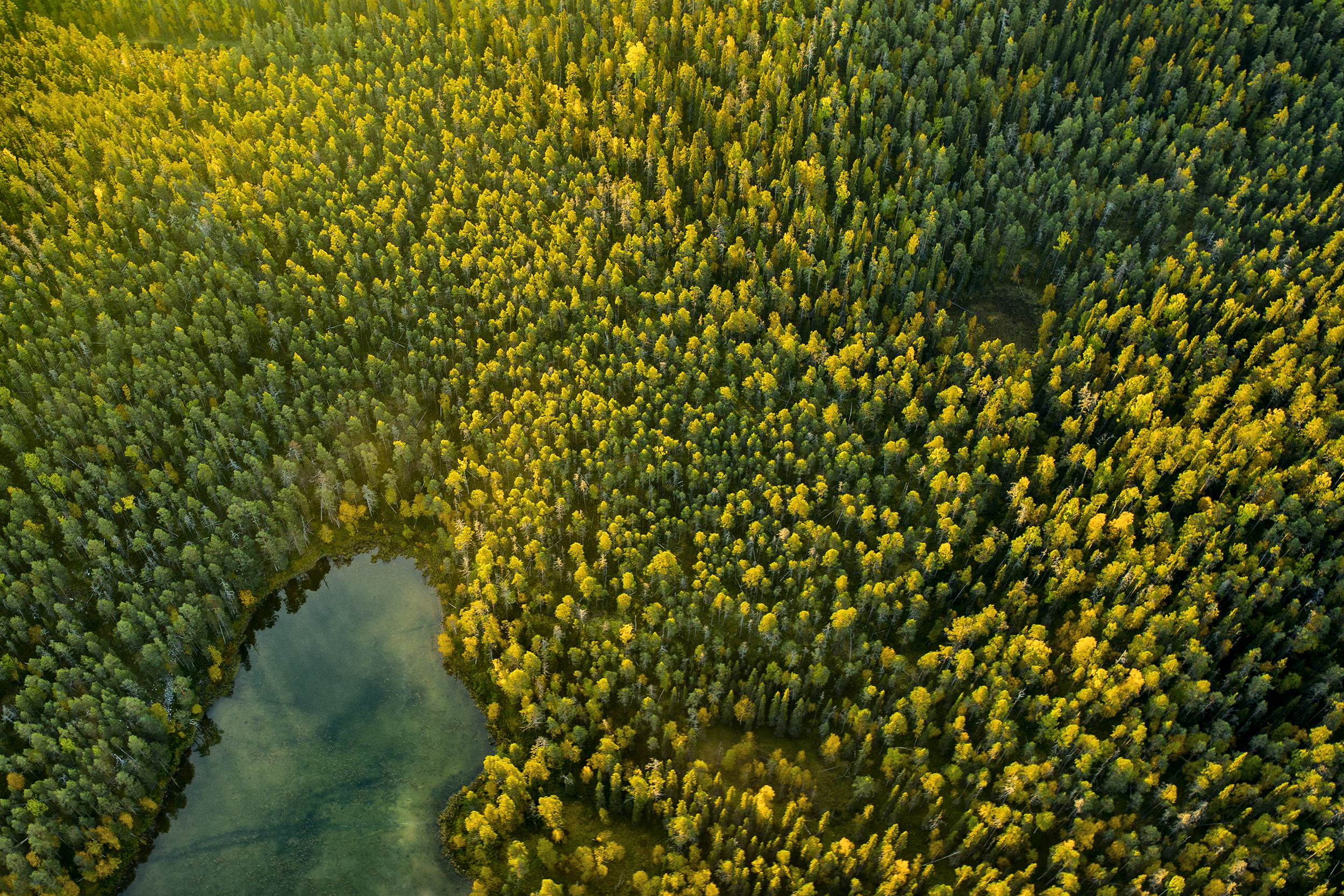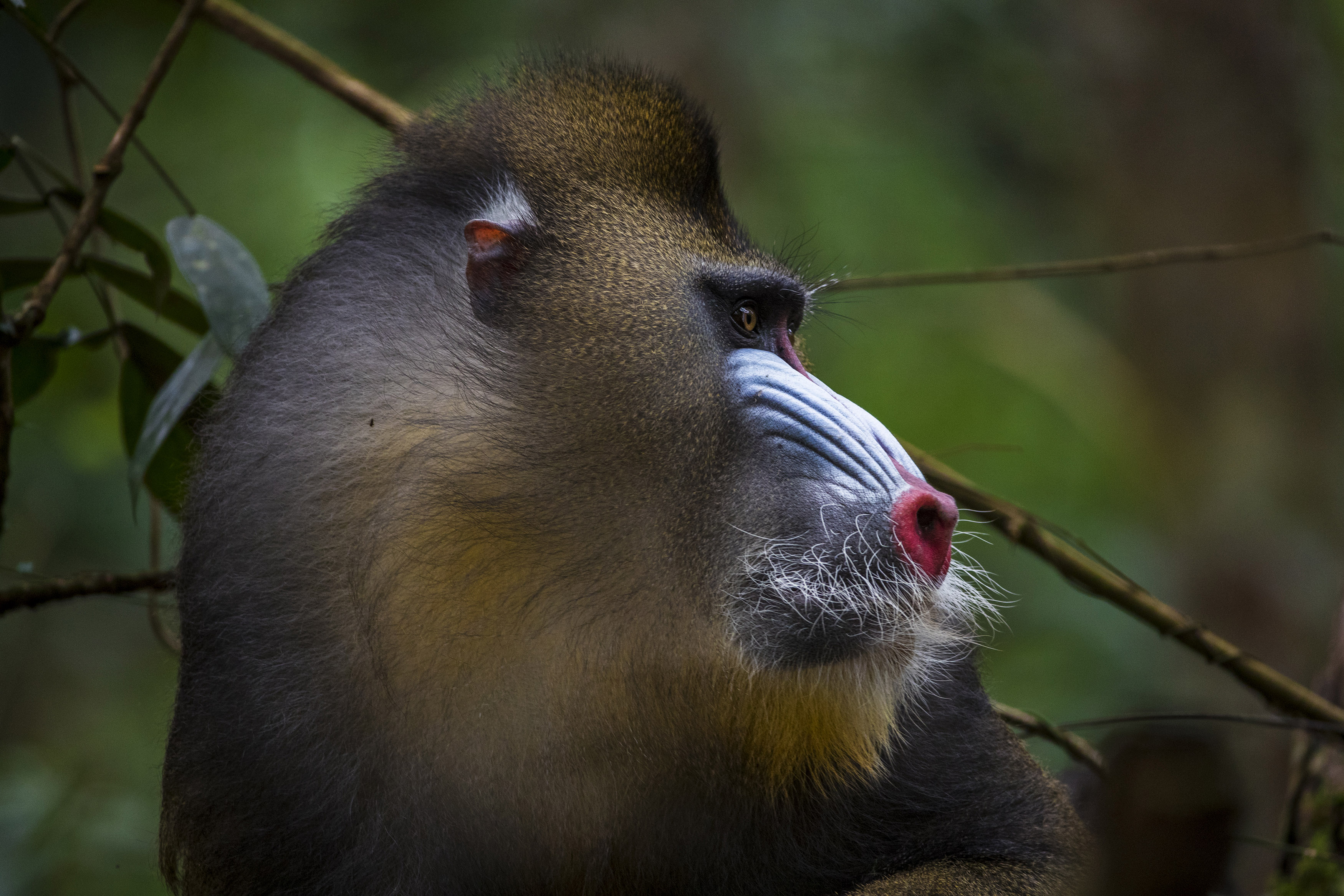FINLAND
Finland is truly magic. Imagine a place where you can be all alone in a beautiful forest. Here, you can truly feel the spirit of the land as the morning mist rises from the lakes and the call of the loon echoes between the trees. Here, the old brown bear plays hide and seek with the wolverine and the returning cranes call out for the spring. This is one of Europe’s last wild places. The boreal forest is truly magical.
We were there on assignment for National Geographic and spent two and a half months in search of the mythical taiga. We hiked in the forest and got lost, but entered a different world. A world where everything was at peace, and where the only sound was that of our oars as they sliced the water surface.
The boreal taiga – the forest of the northern hemisphere, located just below the Arctic Circle, has remained virtually unchanged since the last ice age. Spruce, pine, aspen and birch dominate the landscape which is often covered in snow. Moose, brown bears, reindeer and wolves roam through these forests, while owls and ravens patrol the skies above. The forest floor is covered in green moss, growing in thick layers of peat. These layers of organic matter are composed almost entirely of carbon, originally drawn from the air by the respiration of plants. Only a metre or so below the surface, the soil is permanently frozen, stunting plant growth and stabilising the subsurface temperature.
CONSERVATION ISSUES
Taiga ecosystems are threatened by direct human activity and climate change. The most serious threat to taigas does not come from hunting activity. It comes from us. Climate change puts taigas in danger in different ways. A warmer climate contributes to a partial thawing of the permafrost. Since this water has no place to drain, more area of the taiga is taken over by peat bog and only a few trees can take root.
Climate change and rising temperatures also affect animal habitats. These factors push native species out and attract non-native species. An example the bark beetle, an insect that can infest trees. Millions of these insects bore into the bark of trees and lay eggs. The infested trees die. Bark beetle infestations can kill entire forests and thousands of hectares of taiga. It is very important to protect the taiga and make sure that we don’t destroy old-growth forests and the wilderness of the boreal forests.

















